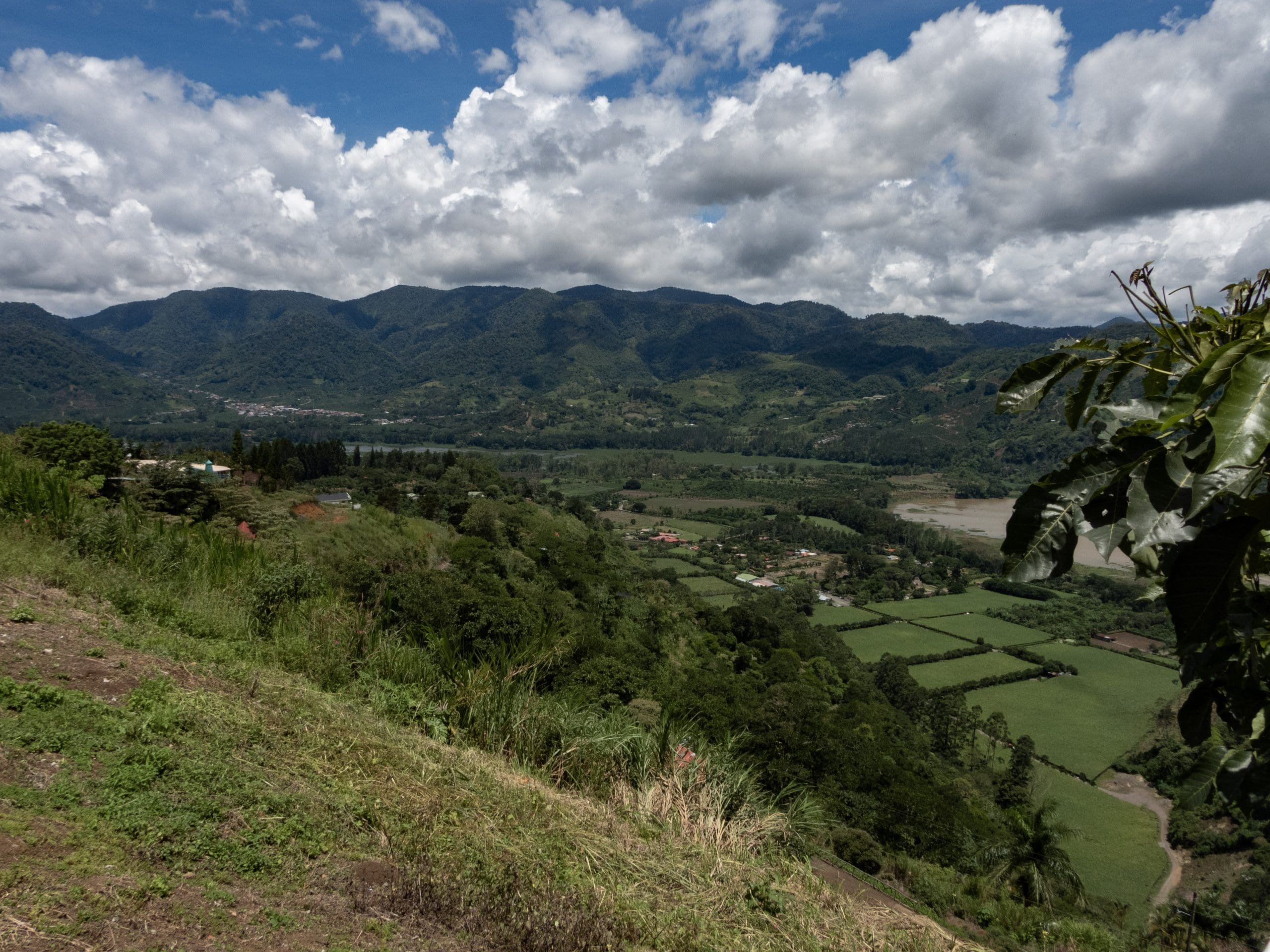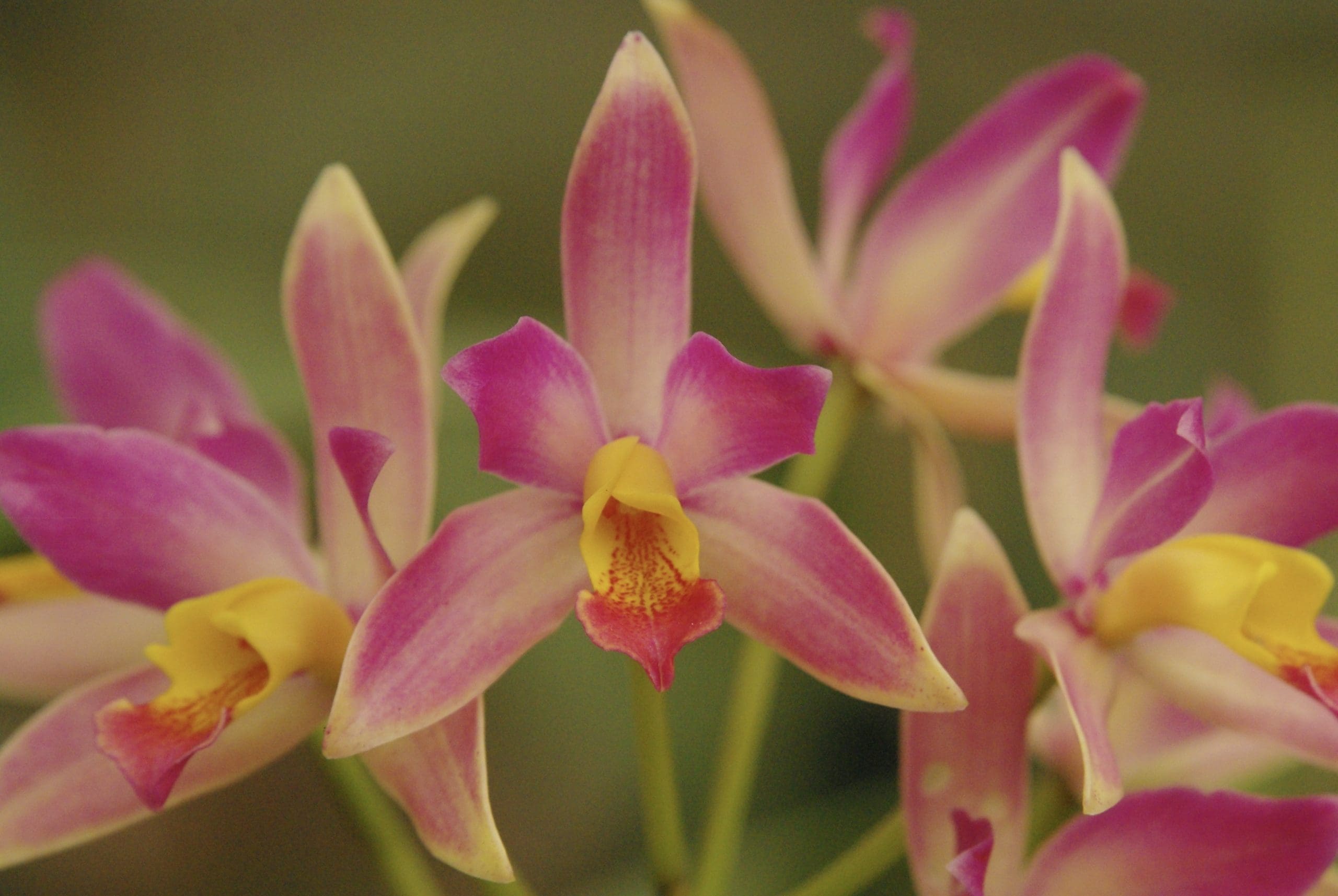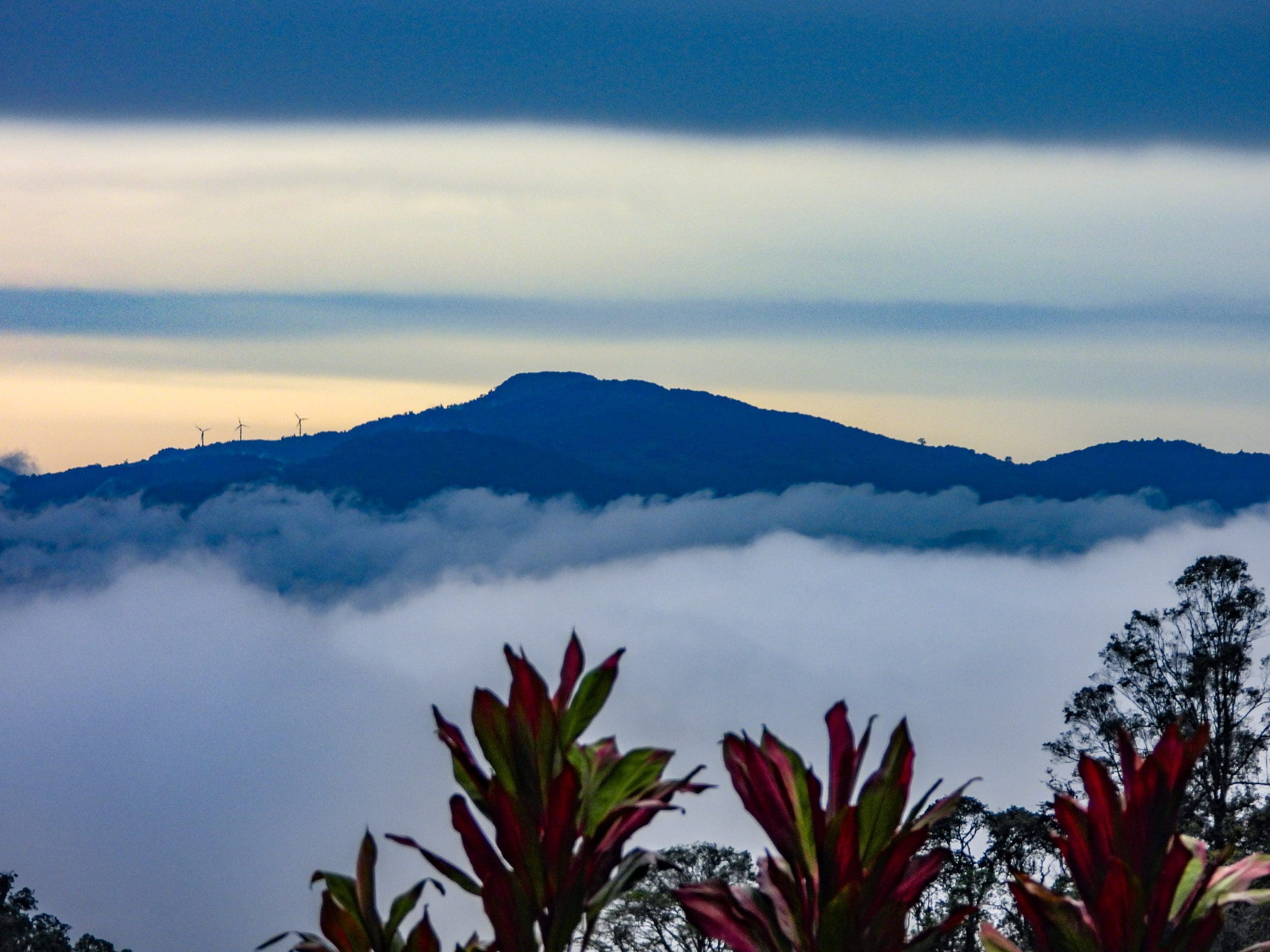
Cartago Through the Orosi Valley
Howler’s On the Road Again series continues now with a trip through one of Costa Rica’s most captivating ”Vamos a Turistear” (let’s go sightseeing) regions. This traditional route, while extremely familiar and popular with Ticos, is mostly unknown to foreign tourists and not on their radar. That is sad, for it crosses some of the country’s most beautiful and historic areas. You can plan this drive as a one-day circular return trip, or include an optional overnight stay, depending on your time and interests.
Starting in the country’s original capital city, Cartago, you can allow extra time to visit the ruins of the ancient cathedral in the center of town. The church’s destruction by earthquakes was the reason for relocating the capital to San José, while the rebuilt replacement, Basilica of our Lady of the Angeles, is renowned for its wonderful 19th century Byzantine architecture. Just plan not to be there during the first few days of August, when upwards of two million visitors participate in an annual pilgrimage to the basilica.
Historic settlement
The Orosi Valley was originally populated by settlers back before San José, or even Cartago. It has some of the oldest historical sites in Costa Rica. When you see it, you’ll know why it was selected first.
From Cartago, head towards Paraiso on the overdeveloped route 10. Hold on … it gets better in just a few miles. On the right you can make a detour to visit the famous Lankester Botanical Gardens. Established by a British expat around 1910, this magnificent site covers more than 25 acres of amazing gardens specializing in orchids and other epiphytic plants. Calm, serene and beautiful, it is even dog-friendly.
From there you enter Paraiso, a lively town with a great plaza area, which has become a satellite suburb of sorts for Cartago. Parasio is the hub for our circle route of the Orosi Valley. It can be driven either direction, so just reverse the directions if you wish.
From Paraiso, head on either route 224, or route 10 until you get to 224. Heading east on 224, you will see the entire Orosi Valley open up below you. The must-stop is the Mirador Ujarrás, a huge weekend attraction for people escaping the city. It has viewpoints, picnic tables and even pavilions for public use, including bathrooms. The view is one of my personal favorites in the country: you can see the entire Orosi Valley from Orosi to Cachí, with the lake on your right, the ruins of Ujarrás below, and the Talamanca mountains and the Tapantí National Park looming from across the valley. Look down to our next stop: the ruins of Ujarrás.

Iglesia de Nuestra Señora de la Limpia Concepción ruins in Ujarrás
Legendary church
The town of Ujarrás contains the ruins of one of Costa Rica’s oldest churches. Iglesia de Nuestra Señora de la Limpia Concepción was built in the 1580s during early colonial times. There are many legends of how the church was founded and the miracles performed there, including the Virgin protecting the town from an attack in 1666 by the famous pirate Henry Morgan. In 1833, following total devastation by a flood, the town and church were abandoned and moved. After being restored along with the surrounding building, the church is now recognized as a national monument, and the government has sought for years to have it declared a UNESCO World Heritage site.
From Ujarrás, you drive along the valley floor, stopping if you wish at one of the roadside farm markets that mostly specialize in organic produce.
Then, your next stop will showcase the reason why there are no longer deadly floods in the valley: the Cachí Dam.
Spanning 70 meters long and 80 meters tall, Cachí Dam is one of the first hydroelectric dams built in Costa Rica, shortly before the renowned Lake Arenal project. Construction started in 1966 and continued into the 1970s. It is a great stop to look down into the natural gorge they used to dam the river, and the artificially created Lake Cachí on the other side. The area around the dam is crowded with vendors selling everything from T-shirts to food — a very Tico tourist stop.
From the dam, we start back, still on route 224, but this time on the south side of Lake Cachí to the town of Cachí itself. For a great place to eat, and even to stay the night, drive straight up through town to the Hotel Quelitales, equally famous for its Casa José restaurant and as a birding hotspot. A lovely set of trails around the property take you back to a 30-meter waterfall. Eat here, and even stay the night if you want to extend the trip.
History and nature
Leaving Cachi, drive west along the lake until you get to the penultimate stop on the trip, the town of Orosi.
Orosi is one of the oldest continuously inhabited places in Costa Rica. Along with Ujarrás, it was established by the Spanish conquistadors in the 16th century. A quiet and pretty little town, its major attractions are history and nature.
Orosi contains the oldest still functioning church in the country, San José de Orosi, which has been in use since 1743. Orosi is also the gateway to Tapantí National Park, a very popular weekend outing for many.
The circle is completed by heading back, and up, to Parasio. Make one last stop at the Mirador Orosi, to look back down to Orosi, the lake and the valley.
Up for another Costa Rican road trip? Here are some more places to drive your way around the country!
See this article in the magazine

Lankester Botanical Gardens is a tropical floral paradise.

Orchids and epiphytic plants are a Lankester gardens specialty.

Magnificent views of the Orosi Valley — especially from the Mirador Ujarrás — are a highlight of this road trip.

